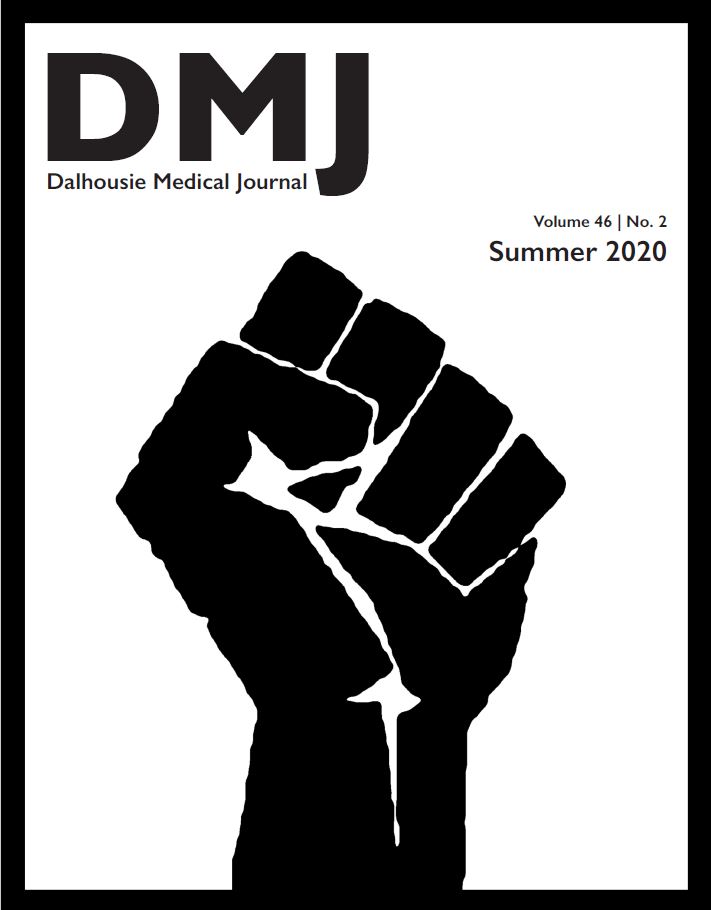Prehospital times in primary percutaneous coronary intervention: The new frontier for improvement
DOI:
https://doi.org/10.15273/dmj.Vol46No2.10142Abstract
Background: Primary percutaneous coronary intervention (PPCI) remains the treatment of choice for patients presenting with ST-elevation myocardial infarction (STEMI). With STEMI, total ischemic time is an important predictor of myocardial injury and other short and long-term adverse events including mortality. Several studies have examined ‘Door to Balloon‘ times, but few studies have examined pre-hospital and in hospital component times as individual pieces that make up total ischemic time. Methods: Total ischemic and component times for patients who received PPCI from 2012- 2015 in the Queen Elizabeth-II Halifax Infirmary were described. Median total ischemic times and component times were calculated and compared. Regression modeling was performed to identify which component times and component variables explained the most variation in total ischemic times. Results: 551 patients who had successful PPCI and complete component times were identified. Most were male (76%) with a median age of 59.2 years (IQR: 52.7-68.0 years). The longest component time was ‘Symptom Onset to First Medical Contact‘ (Median: 61 min, IQR: 32-138 min). ‘Symptom Onset to First Medical Contact‘ was found to account for most of the variation seen in total ischemic time (R2= 61%). Conclusions: We determined that most time in the component of receiving PPCI lies in the pre-hospital setting and that component variables including EHS use and pre-activation of the cardiac catheter lab reduce total ischemic time. More research needs to be devoted to reducing patient delay, as there
appears to be little room for improvement in hospital component times.
Downloads
Published
How to Cite
Issue
Section
License
Authors who publish with this journal agree to the following terms:
- Authors retain copyright and grant the journal right of first publication with the work simultaneously licensed under a Creative Commons Attribution License that allows others to share the work with an acknowledgement of the work's authorship and initial publication in this journal.
- Authors are able to enter into separate, additional contractual arrangements for the non-exclusive distribution of the journal's published version of the work (e.g., post it to an institutional repository or publish it in a book), with an acknowledgement of its initial publication in this journal.
- Authors are permitted and encouraged to post their work online (e.g., in institutional repositories or on their website) prior to and during the submission process, as it can lead to productive exchanges, as well as earlier and greater citation of published work (See The Effect of Open Access).


